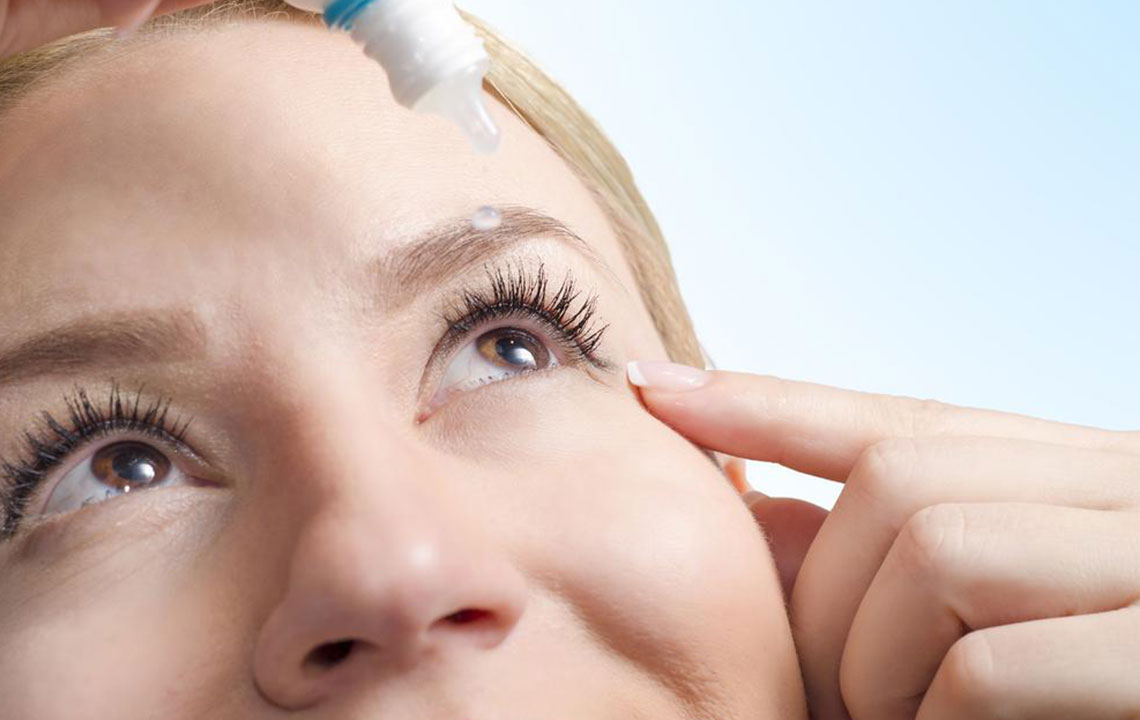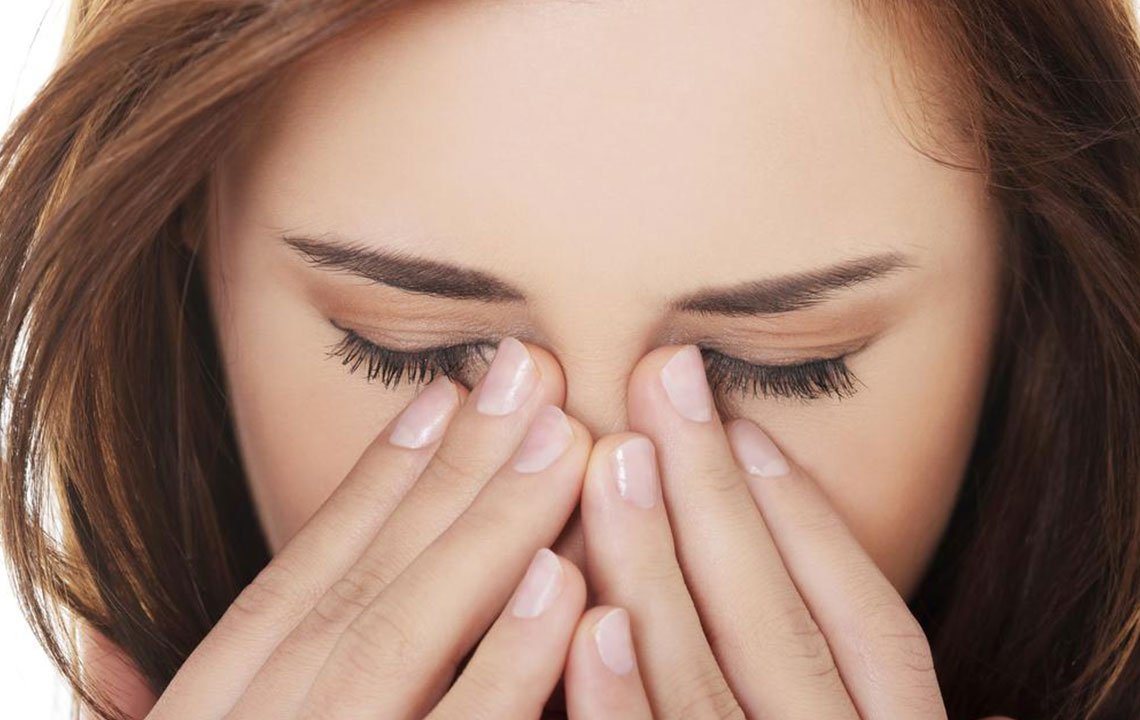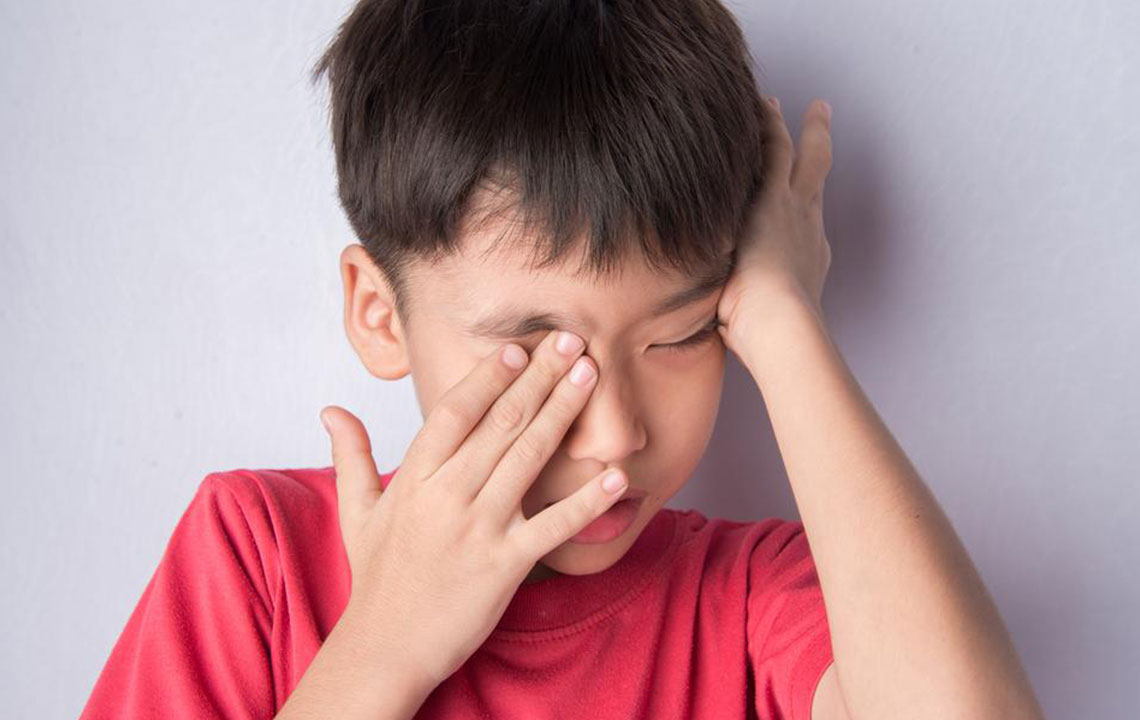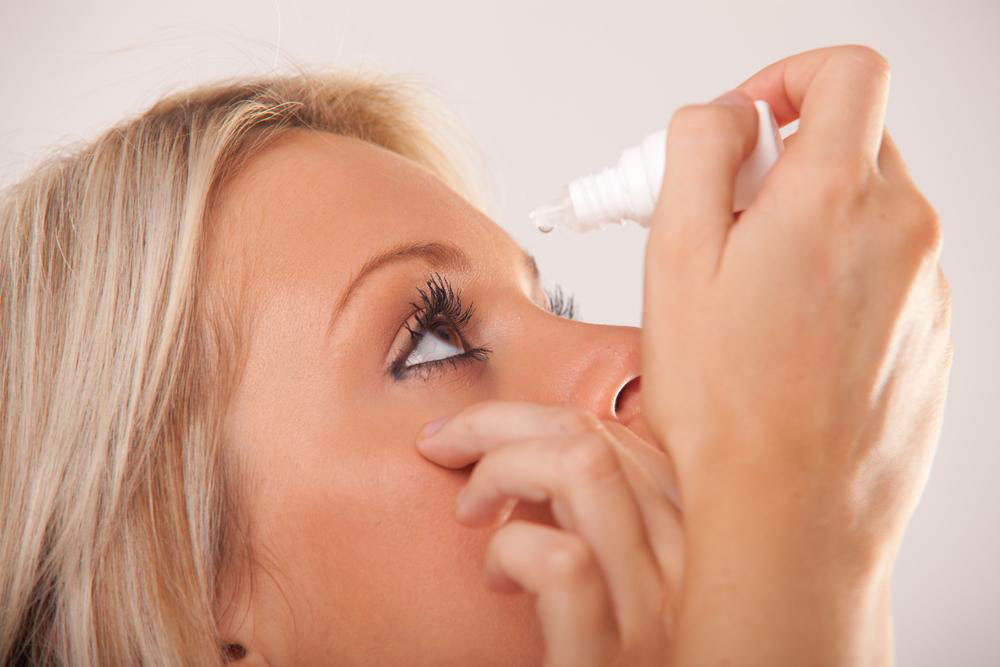Best Eye Drop Solutions for Dry Eye Relief
Discover the top eye drops for relieving dry eyes, including artificial tears, prescription options, and specialized therapies. Learn about causes, symptoms, and safe usage tips to improve eye comfort. Proper treatment can prevent complications and restore natural moisture, ensuring healthier eyes and greater daily comfort.

Top Eye Drops to Ease Dry Eyes
Dry eyes occur when the eye surface doesn't produce enough lubrication or moisture, often caused by various factors. If left untreated, it can lead to more serious eye problems. Using appropriate eye drops is a simple, effective way to alleviate dry eye symptoms and restore comfort.
Preventive measures and consulting an eye specialist are essential for proper treatment. A personalized approach helps ensure optimal recovery and eye health.
What causes dry eyes?
Several factors contribute to this condition.
Common causes include:
Age advancement
Hormonal changes
Conditions like entropion or ectropion
Thyroid issues
Environmental pollutants such as dust, smoke, or dry air
Exposure to irritants
Prolonged screen use
Vitamin A deficiency
Diabetes
Laser eye treatments
Tear gland inflammation or damage
Certain medications
Extended contact lens wear
Eye infections
Autoimmune disorders like lupus
Symptoms of dry eyes
Typical signs include:
Persistent soreness
Redness
Blurry vision
Itching
Difficulty focusing on screens or reading
Ongoing dryness
Heaviness or soreness in the eyes
Effective eye drops for dry eyes
Using the right eye drops can bring relief. Here are some popular options:
Stimulating tear production: Prescription drops reduce inflammation and encourage tear creation. Always consult an ophthalmologist for an appropriate prescription, typically used twice daily. These are intended for long-term use but require caution regarding side effects and allergies.
Artificial tears: Available OTC, these lubricate the eyes, providing moisture and reducing redness and irritation. They come in two forms:
Preservative-containing drops: Contain additives to prevent microbial growth but may cause irritation in sensitive individuals.
Preservative-free drops: Suitable for moderate to severe dryness, usually in single-use containers, recommended up to four times daily following medical advice.
Autologous serum drops: Derived from the patient’s blood, these are used for severe cases unresponsive to other treatments. They promote healing and reduce dryness by delivering blood components directly to the eyes.
Lymphocyte-based therapies: Designed to reduce inflammation, these treatments require medical authorization due to potential side effects.
Oil-based eye drops: When insufficient oil in tears causes dryness, these drops help restore the lipid layer, improving lubrication.
Possible side effects: Some users may experience eyelid swelling, redness, stickiness, discomfort, or light sensitivity. If dryness persists, seek medical advice promptly for accurate diagnosis and treatment.
Effective management of dry eyes enhances comfort and prevents complications. Always consult a healthcare professional for the best treatment options!


